I'm working with JavaScript(React) on a geometry program that creates the axonometry(better parallel projections) of the specified object defined by vertices and faces(a face can have different numbers of vertices).
It works perfectly when you do not need faces to be opaque otherwise there are faces above other that should be below.
So I want to order my list of faces from the further to the nearest:
[
[[100, 0, 100], [50, 50, 50], [120, 170, 120], [10, 200, 150]],
[[10, 20, 30], [10, 200, 250], [50, 50, 50], [100, 30, 30]],...
]
I will use faces.sort(sortingFunction).
I don't care about intersecting faces
(it will take the faces of all objects together)
How should sortingFunction be?
You have to consider how is the axonometry defined. It is defined by the X-, Y-axis rotation(Xrotation can be both greater and smaller than Yrotation), Z rotation is π / 4 (90°).
Here is an old version of the application that makes you understand what I mean: http://dev_proiezioni.surge.sh/
Sorry for my terrible English. Thanks
